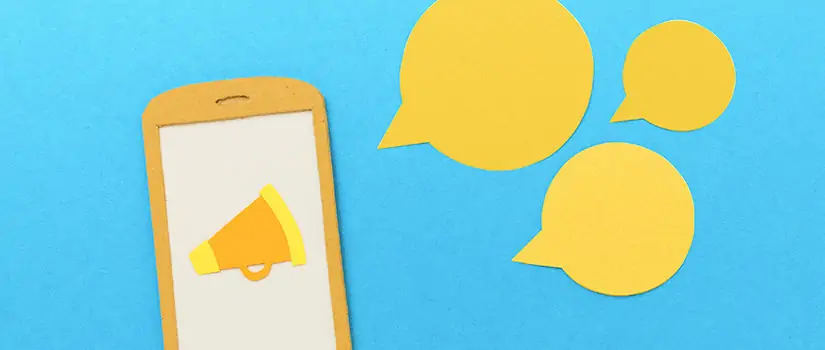
6 Tips for Writing Better Facebook Posts
by Amanda Cross
How do you create a Facebook post that gets engagement, showcases your best skills, and doesn’t create a cyclone of regret later? Keep reading for some excellent advice on how to write Facebook posts you can be proud of!
1. Always check for spelling and grammar
Text or internet speak is different from incorrect grammar. It's one thing to write “LOL”— write "lagh out lod," and that’s what your followers are going to be doing. Before you send any Facebook update, you should take some time to look through your post. (Remember that if you have to edit a post after publishing it, Facebook will let everyone know.)
Read through your post word-for-word, correct any spelling and grammar errors, and then hit “Post.” Never post as soon as you finish writing something!
Here are some common mistakes you might make:
- Using the wrong homophone: “To,” “too,” and “two” may sound similar, but they have different meanings. Same with “there,” “their” and “they’re.” Even seasoned writers mistake similar-sounding words, so make sure to review for these.
- Misusing apostrophes: Apostrophes indicate possession or the omission of other letters and numbers. If you’re talking about multiples of something, you don’t need an apostrophe (for example, “free popsicle’s in the quad!” is incorrect).
- Misspelling words: Before you become the subject of an “autocorrect fail” meme, double check for misspelled words.
If you want to make sure your post is airtight, run it through BibMe’s grammar checker!
2. Don’t go on too long
The more characters you use to make a point, the more room for error. Plus, there’s more chance for you to go off-topic or lost the audience’s interest. While Facebook doesn’t currently put a word limit on status updates, try to keep your posts short and sweet. Your friends are probably too busy to read long rants anyway.
3. Add images or videos to grab friends’ attention
The Facebook feed doesn't have an end; it keeps going as long as the reader continues scrolling. That means it’s easy for your friends to scroll right past your updates. A great way to grab their attention is to incorporate eye-catching visuals. Add an image, a collection of images, or a video to spice up your status updates. Facebook has a ton of additional tools to help grab your audience's attention, such as GIFs and polls, which you can also use to your advantage.
4. Be valuable
When people see your Facebook posts, they’re forming a judgment about what you have to offer them. When you create valuable content, you create an excellent reputation for yourself online. Share content that enriches the lives of your friends. Here are some examples of valuable content:
- Funny or inspirational quotes
- Lessons you’ve learned
- Study tips
- Scholarship information
- Companies hiring
- Free/discounted things you’ve found
- Hot takes on current events or hyperlocal events
- Suggestions for things to buy based on your personal experience
It doesn't matter what you choose to focus on; your page could be all about the latest video game news, cryptocurrency, or makeup! You just need to find a group of people who are interested in the topic that you intend to discuss.
5. Use the grandma rule
Remember that no social media content is created in a bubble. Beyond the question of where the data is stored, someone can easily take a screenshot of your post and hang on to it.
The gray areas become a lot more black-and-white when you follow the grandma rule: don’t post anything you wouldn’t want your grandmother (or someone you hold in high esteem) to see. Would you be embarrassed if they saw the Facebook post you are about to make? If so, don’t post it.
6. Include a question to the audience
The final way to write better Facebook posts is simple: include a question to the audience.
If you want your friends to like your posts or comment on them, you need to let them know that. Otherwise, they’ll likely react to your post in their heads and keep scrolling. Help them out with a quick discussion starter. You may even want to leave your answer to the question in a comment to get the conversation started.
You’re now ready to tackle Facebook with a fantastic post that will get your friends talking. Happy posting!
--
When your social media break is over, get back into study mode by learning how to do a works cited page and how to write an annotated bibliography!
...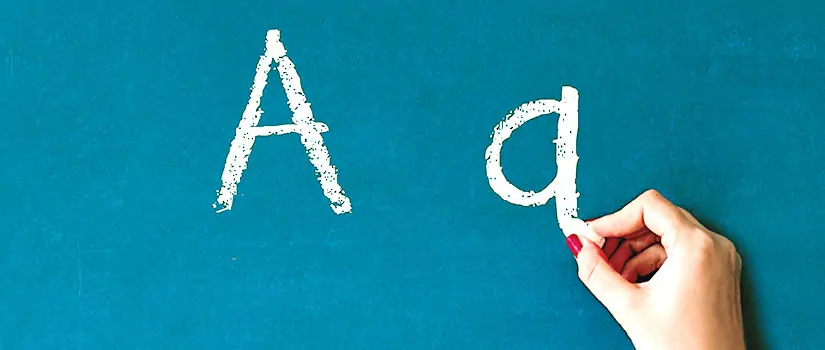
The Proper Noun We Always Forget to Capitalize
It’s easy to let a proper noun slip past your “shift” key while writing. There are some trademarked words that just seem so...generic. Check out this list and never be fooled by a proper noun masquerading as a common noun again.
Can you pass me a Kleenex?
In a haze of pollen, it’s easy to forget that Kleenex is actually a brand name, and thus a capitalized proper noun. Blow your nose on a tissue, however, and you won’t have any such concerns.
I need to make a Xerox.
This one is quickly becoming obsolete, but we still make copies from time to time. That’s right—copies. Xerox refers to the company that makes the machines, so should be capitalized as a proper noun. (Which also means that technically, you can’t use it in Scrabble. Good luck using up all those X’s.)
Who’s up for Frisbee in the quad?
When you get together a game of Ultimate, you’re throwing around a capital-F “Frisbee.” That flying plastic disk is a trademark of Wham-O, which kindly reminds you on its website: “If your disc doesn’t say Frisbee® – it is not real!” And don’t you forget it.
Grab me a Coke from the fridge, please.
This soft drink has become so ubiquitous, it’s easy forget to capitalize it when writing. But as Pepsi fans will remind you, Coke is just one brand of cola, thus necessitating a big “C” like all other proper nouns.
Ugh, how long do I have to wait on hold listening to this terrible Muzak?
Yep, those sleepy strings you hear in elevators and waiting rooms everywhere was actually the patented creation of Mood Media. As this article explains, the company created Muzak in the 1930s in order to get people in a more spendy mood while they shopped. Beware the power of the bland.
Spell check should catch any errant lowercase proper nouns, but it’s even better to learn them by heart. You wouldn’t want to offend one by forgetting to capitalize it, rendering it nothing but a common noun.
Here’s a bonus: words that used to be proper nouns, but became plain ol’ common nouns through continued use. Perhaps one of these origin stories will spark an idea for your next research paper.
Take the Motorstair to the 3rd floor
Before the Otis Elevator Co. relinquished its trademark on the word, other escalator manufacturers called their products the Motorstair, the Electric Stairway, and Moving Stairs.
I’ll pack you some soup in a Dewar flask.
The thermos, known generically as a “vacuum flask” or “Dewar flask” after its original inventor, has a long and complicated history. After a trademark war in the Mad Men era, a court declared “thermos” a generic term. The Thermos Company is still alive and kicking, though, and we can bet their employees never suffer the indignity of cold coffee.
Call me (clamshell) maybe
Hang on tight for this throwback: The term “flip phone” was once patented by Motorola, which manufactured the first of these 90s-era gems, known generically as clamshell phones. No need to capitalize flip phone anymore—just make sure you don’t exceed your minutes.
Learn more about all kinds of nouns, common and proper, and make sure your writing is capital-A “Amazing” with BibMe’s grammar checker!
...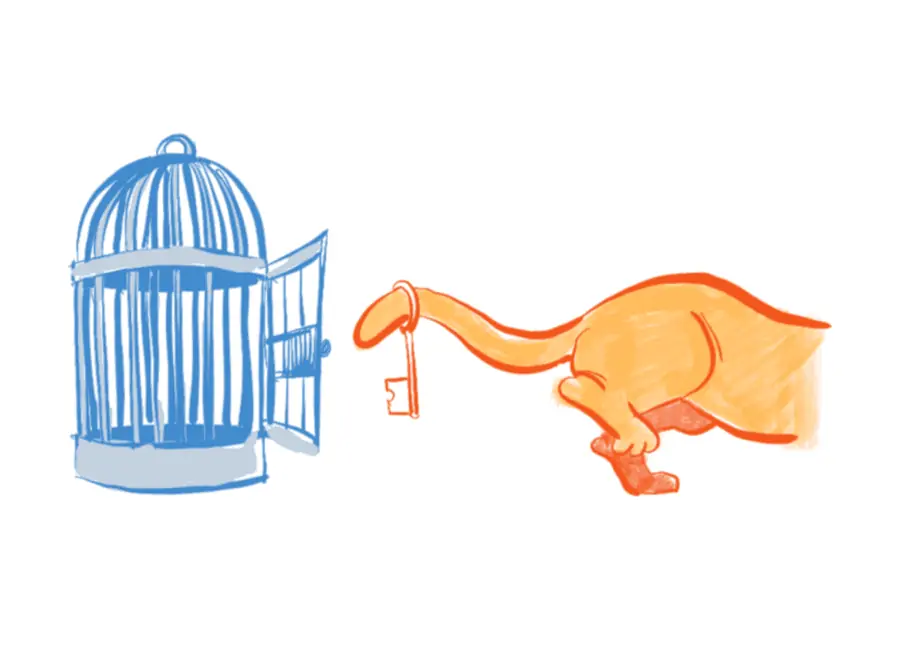
It’s vs. Its: What’s the Difference?
The English language is a tough business. So much so, it’s unimaginable to have mastered all its intricacies. (See what I did there?)
Determining whether to use “it’s” or “its” is an essential building block of good writing, but it’s easy to let this little word topple your Jenga tower. Even the most seasoned writers are apt to forget an apostrophe every now and again. (That's why even experienced writers can benefit from an online grammar check like the one right here on BibMe!)
Take the following text message exchange:
Ok, maybe things aren’t always this dramatic. But knowing the difference between a regular ol’ pronoun and a possessive pronoun is essential for understanding English grammar (and using it to express yourself in writing). Especially when it comes to that tiny, impossible-to-define, root of all description: it.
When do you use “it’s” and when, “its”? We hope this comic will help set the record straight.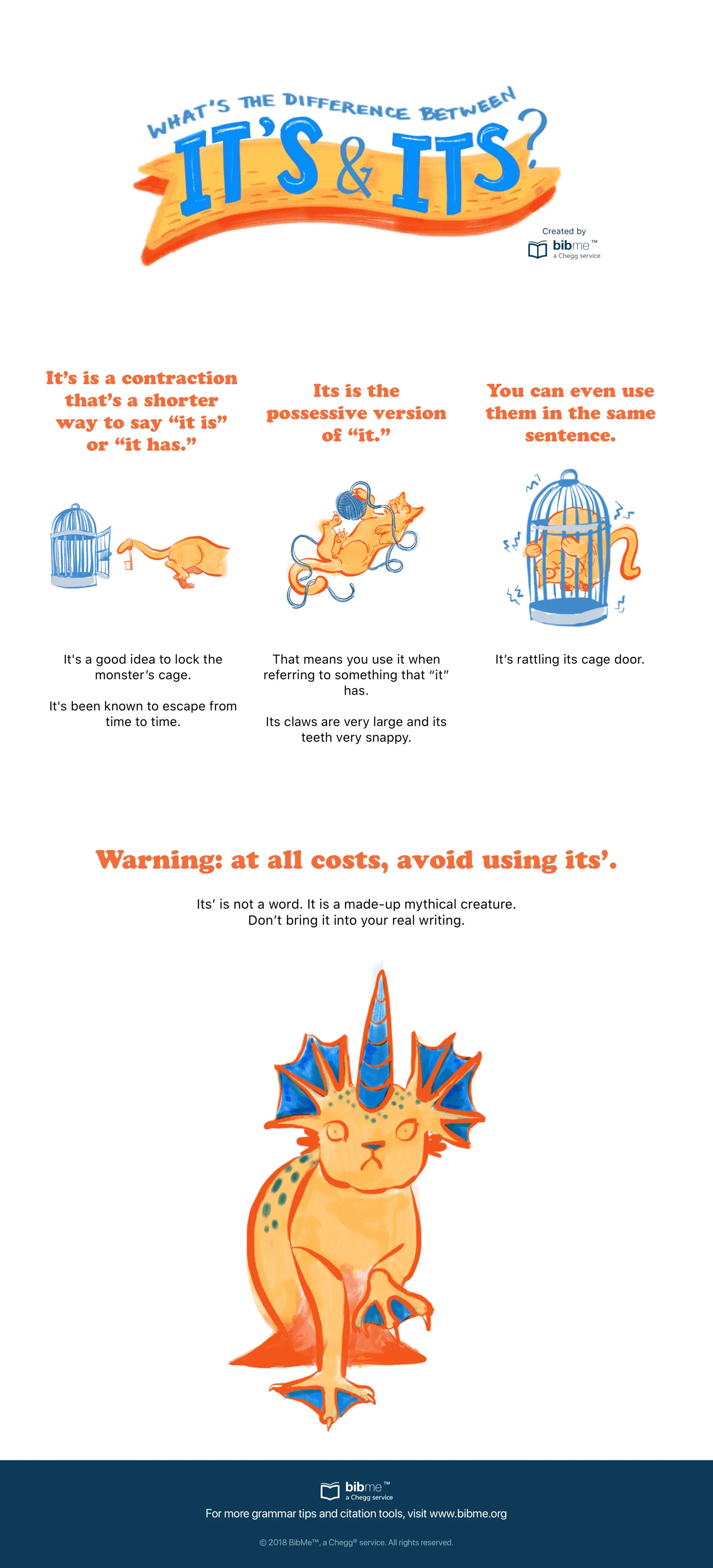
Bonus: here’s a practical tip for making sure you’re using the right form of it’s: run the “it is” test
If you’re not sure whether to put in the apostrophe, see if your version of “its” works as two words: it is.
In these instances, "it is" can be replaced by it’s:
I’m not sure it’s going to work.
Lovely!
For the other version, take these sentences:
You wouldn’t say “the robot took it is sweet time,” now, would you? There you go: no apostrophe needed.
Not sure your paper is free of rogue apostrophes, reckless subject verb agreement, or other wilding grammar errors? Take our free grammar check for a spin!
Illustrations by Liv Bishop
...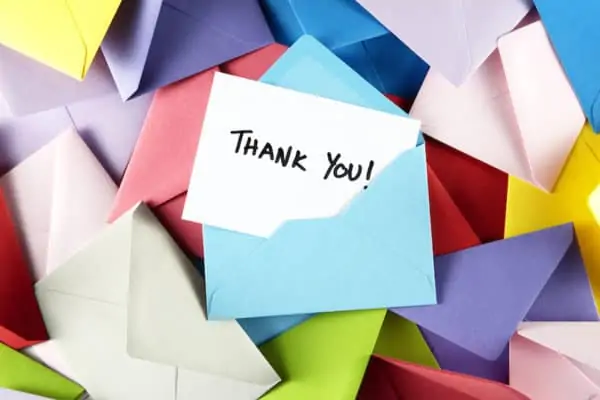
Write the Best Formal Thank You Note in 5 Simple Steps
We all need a little help in school (and life). Showing appreciation for all our parents and friends have done for us usually happens casually, whether it be a simple “thank you,” returning the favor, or another gesture. But what about those times where a little formality is needed?
Like thanking your teacher for writing you a letter of recommendation. Or following up after a job interview. Or when you’ve conducted an informational interview with a professional. Or showing appreciation to anyone who’s ever give you guidance, time, or resources. Each of these instances should be followed up with a thank you note.
Most of us have busy lives and if someone donates a portion of their day to you, it's only polite to repay them with a small note of thanks. With the five simple steps below, you can be sure to create thank you notes that leave a great impression.
Then, make sure your letter is polished and professional (not to mention free of embarrassing typos) by running it through our online grammar checker!
Step 1: Choose Your Medium
Nowadays email is the most common medium for sending thank you notes. It's fast and professional. There are instances, however, when you should consider sending a handwritten message on stationery. If someone has gone above and beyond for you or if your relationship is more personal than average (for example, a very good friend of your parents), a handwritten note can be a nice touch.
Step 2: Craft Your Opening Line
Resist the urge to get too creative with your letter opening. Thank you notes are very traditional. Following classic form demonstrates maturity and poise. "Dear" is the appropriate salutation. Be sure to actually write “thank you” and simply follow up with what you are thanking the individual for.
Example:
- Dear Helen,
- Thank you for…
- meeting with me yesterday.
- the great informational interview
- taking the time to speak with me over the phone yesterday.
- donating to our student fundraiser.
Step 3: Make It Personal
This is your chance to shine and show your personality. Highlight something specific you spoke about. If this is a note following a job interview, it the right place to reiterate your interest in the position and your unique qualifications for it. Three or four sentences is a good target for this section.
Examples:
- It was great speaking with a fellow New Yorker.
- I never knew how much goes into pricing a garment.
- Your ideas on diversity in the workplace were inspirational.
- The opportunity to intern with you and learn more would be amazing.
Step 4: Closing
Your closing should be short and simple. Reiterate your thanks, add another sentence if you wish and choose one of the well known closing phrases listed below.
Examples:
- Thank you again,
- I look forward to speaking with you soon.
- Your advice was invaluable.
- Regards,
- Best Regards,
- Sincerely,
Step 5: Proofread
A thank you note is often your final chance to make an impression. Be sure a typo is not the last thing you are remembered for. Most importantly, double check the name of the person and institution you are sending the note to.
If you’re looking for extra help, there are many great grammar and spell checker services online.
Quick Tips:
- Don't make your note too long. Three short paragraphs are enough.
- Don't be overly complimentary. It often turns people off, especially if you don’t know them very well.
- Don't procrastinate. The following day is best; anything over a week is much too long.
Your final note should look something like this:
Dear Helen,
Thank you for meeting with me yesterday.
You taught me a lot about the fashion industry behind the scenes. I never knew how much goes into pricing a garment. The opportunity to intern with you and learn more would be amazing.
Thank you again for taking the time to speak with me. I look forward to hearing from you soon.
Best Regards,
Kristen
Thank you notes are easy, polite, and a way to show your best side. All you have to do is keep it simple.
If you’re worried about punctuation, subject verb agreement, and overall good grammar, try BibMe Plus. You can check your letter or paper for grammar and spelling mistakes as well as automatically create a works cited page in MLA, an APA format citation, or references in thousands of styles.
...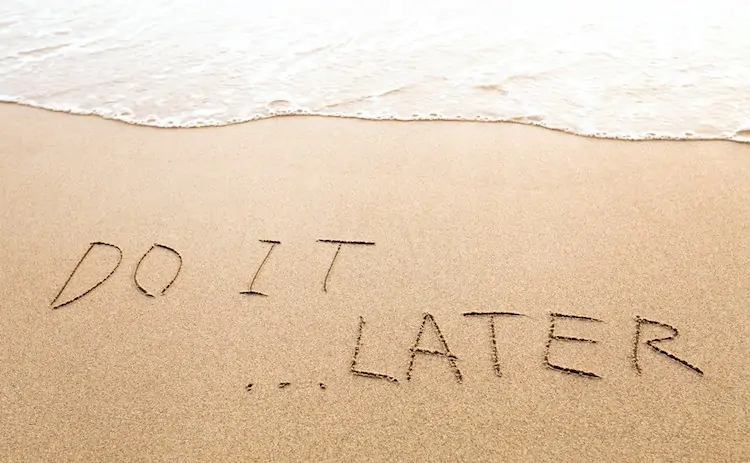
The Best Worst Excuses for Justifying Procrastination
by Muranda Mendez
We’ve all been guilty of procrastinating at some point. And while procrastinating doesn’t seem like such a brilliant idea when it’s 2 AM and we’ve yet to run our paper through a grammar checker, we have to laugh at some of the excuses we come up with to justify our own poor decision-making. Here are our top five favorite reasons for justifying procrastination.
5. “It’s not due for awhile.”
This one’s a classic. Why start something now when you have plenty of time? Before you know it, though, those weeks shrink down to days and then hours. While this excuse inevitably adds more stress to our lives, we still pull it out every once in awhile.
4. “I’ll do it after…”
The best motivation to clean your room? A big homework assignment.
We’ve all told ourselves we’ll start our work after we do something else. After all, how can we be expected to concentrate with a messy desk? The rub, though, is that you can always come up with something more important to do. Once you’ve finished one task, boom—there’s another one to take its place.
One of the best versions of this one is, “I’ll start after I finish this episode.” We all know that watching just one episode of whatever show we’re currently binge-watching is like promising to easy just one potato chip. Best not to even open the bag.
3. “Something else came up.”
Similar to number four, “something else came up” is a great, all-purpose excuse for putting off our assignments a little longer. While it can sometimes be legitimate, usually the only thing that “comes up” is our own decision to procrastinate. For example, “Something came up and I had to go help my friend” is usually another way of saying “I didn’t feel like starting it yet so I went to hang out with friends.”
2. “No one else has started yet.”
I’ve used this one to justify my own procrastinating many, many times. Everyone in class usually ends up discussing the assignment at some point, which often reveals that the entire class is procrastinating just as much as you are. Someone usually cracks a joke about how they’re planning on starting around 11 PM the night before it’s due.
There’s no real logic to the idea that everyone else procrastinating means it’s a good idea for you to do it, too, but it can come as a relief to know that your classmates are equally as stressed as you.
1. “I work better under stress.”
This is the best, weirdest, most universal and probably most untrue excuse for procrastinating. While we’ve all probably said it at some point, none of us actually works better under stress: we just work faster because we know the deadline is approaching with every passing minute. This excuse is a crowd favorite, though, because it relieves us of some of the guilt of putting things off.
The moral of the story is that most of us will come up with any excuse to justify procrastinating on our assignments. Maybe we should expend that time and creativity on our work instead. It’ll save us some stress (that we definitely don’t work better under) later on, when the deadline is only an hour away.
While writing a good paper takes time, making your citations can be a breeze. Use BibMe’s free citation generator to create a works cited page in MLA, an APA reference page and so much more! ...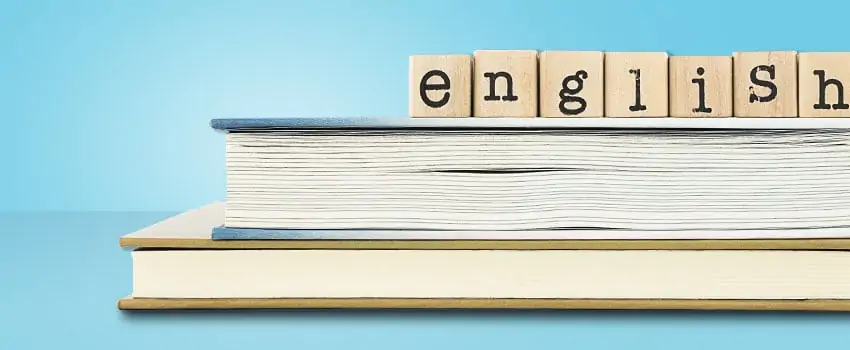
Impress Your English Teacher with These 3 Sources
You will write a ton of papers throughout your school life, but that doesn’t mean they all have to be the same. The difference between an ok paper and one that “wows” your teacher may not be entirely related to your writing skills. The types of resources that you use to conduct your research can also set your work apart and demonstrate your willingness to think outside of the box.
Here are some out of the ordinary source types that you should consider using in your next research paper:
1. Maps
Writing a paper on a specific period in history? (The Elizabethan era of Shakespeare, perhaps?) Is your topic focused on a particular part of the world? (For example, Greece, if you're studying Greek mythology.) Including a map in your works cited page could help provide context to your topic. Also, who doesn’t love a visual aid?
For example, did you read All the Light We Cannot See and are writing about World War II? Using a map can help communicate which countries were associated with the Allies, the Axis, or neutral. Another map could show the progression of attacks and offensives.
If you’re interested in using a map for your paper, consider checking library databases for copies of historical maps, or find an atlas that shows geographical charts for your desired timeframe. Some libraries also have special map collections, so ask your librarian for help.
2. InterviewsInterviews express a person’s thoughts on a given topic in a very focused and concise way. They are often also very personal and can provide a human element to even the most scientific or static topic—which is especially useful in persuasive essays. The best part is, interviews are easy to find, and are often used in newspapers, magazines, or even as part of popular T.V. shows. When including interviews in your project or paper, be sure to account for or acknowledge bias—your teacher will appreciate your insight.
3. Letters/Correspondence
Including letters or even emails as sources in your reference list is a great way to add a personal touch to your paper. For instance, including a snippet of a letter from George Washington describing Benedict Arnold would be a great addition to your Revolutionary War research paper. Copies of historical letters and other correspondence can be found in places like the National Archives at https://www.archives.gov/. Libraries, universities, and museums are also great places to look.
All of these source types and more can be easily cited with the help of BibMe.org. Our citation tools can show you how to cite a website, create an APA reference page, generate an MLA citation, and much more! In addition, BibMe Plus has a grammar check to help you write well-written papers. Try it today! ...
